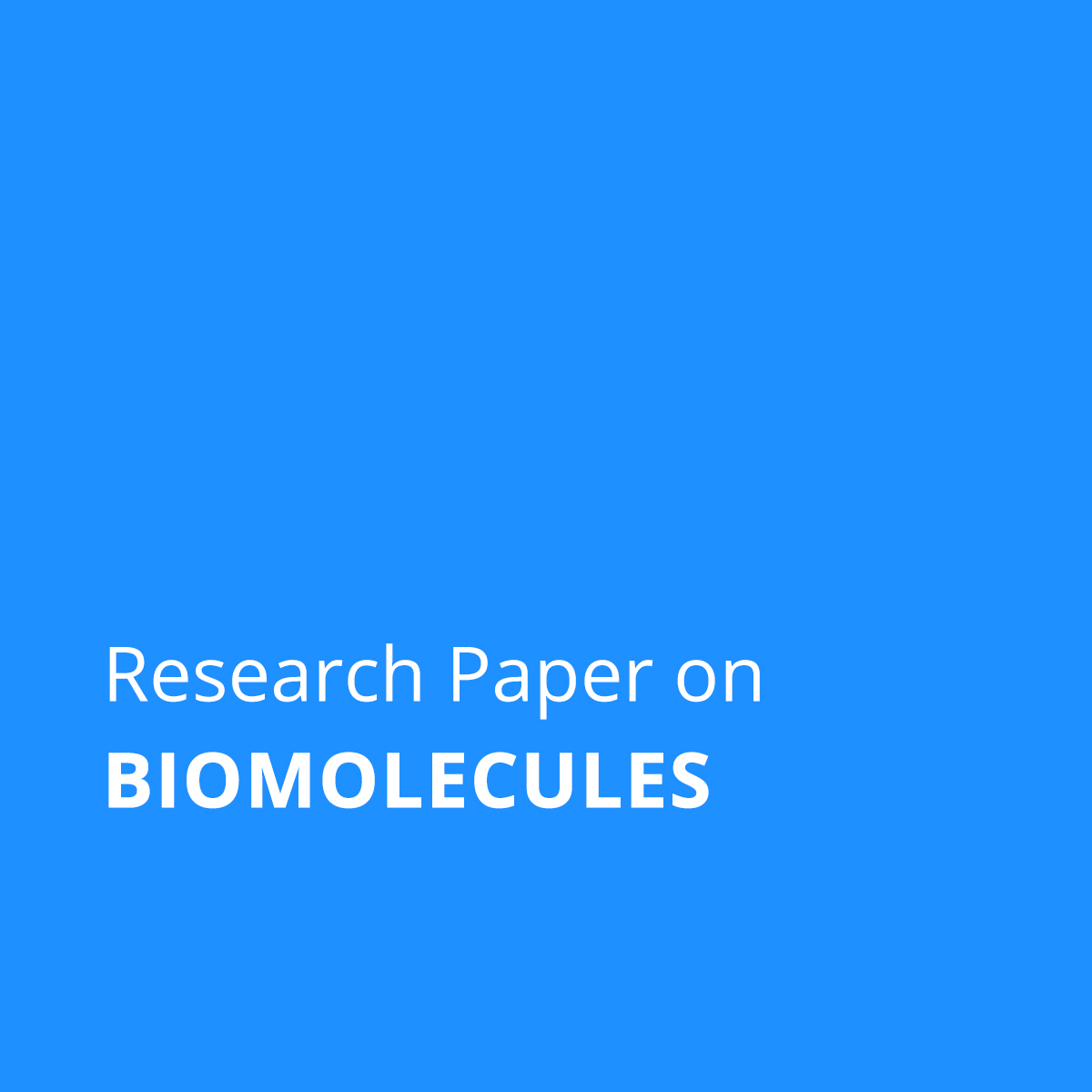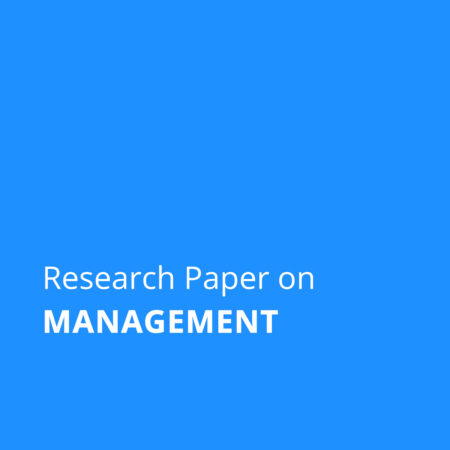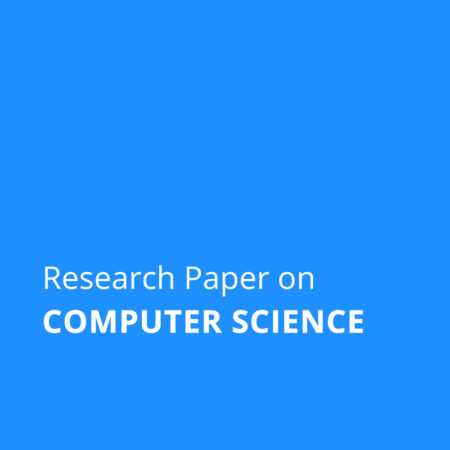Description
Title: Relevance to Neurodevelopment and Neurodevelopmental Disorders: Perineuronal Nets and Metal Cation Concentrations in the Microenvironments of Fast-Spiking, Parvalbumin-Expressing GABAergic Interneurons
Abstract: The free concentrations of the redox reactive metals iron and copper are strictly controlled due to their capacity to catalyze the generation of toxic free radical species. It’s important to note that these redox reactive metal cations only have the desired neurobiological effects within very specific local concentration ranges. For instance, synaptic release of free copper locally modifies neurotransmission mediated by NMDA receptors. Additionally, iron is essential for the maturation of the hippocampal region and the differentiation of parvalbumin-expressing neurons, whose soma and dendrites are encircled by perineuronal nets, in the developing brain (PNNs). The polyanionic nature of the PNNs, a specialized part of the brain’s extracellular matrix, supports the fast-spiking electrophysiological characteristics of these parvalbumin-expressing GABAergic interneurons. The intricate architecture of PNNs binds metal cations, which may play a protective role against oxidative damage, particularly to these fast-spiking neurons. This is in addition to creating the Donnan equilibrium and supporting the fast-spiking characteristics of this subset of interneurons. The synchronous oscillatory output of groups of pyramidal neurons is disrupted as a result of pathological disturbance of the population of fast-spiking, parvalbumin-expressing GABAergic inhibitory interneurons, which is thought to occur in at least some clinical presentations. The functional maturation of these interneurons as well as the perineuronal nets that surround them is associated with increased expression of the GluN2A NMDA receptor subunit on parvalbumin-expressing interneurons. Redox dysregulation and delayed PNN maturation are evidence of increased oxidative stress susceptibility when GluN2A expression is disrupted. This might be particularly important for neurodevelopmental conditions like autism spectrum disorder. It is possible that the perineuronal net’s binding of metal redox reactive cations contributes to the maintenance of safe local concentrations and also acts as a reservoir buffering against second-to-second fluctuations in those concentrations outside of a specific physiological range.
Keywords: perineuronal net; iron; copper; fast-spiking; parvalbumin; autism spectrum disorder
Paper Quality: SCOPUS / Web of Science Level Research Paper
Subject: Biomolecules
Writer Experience: 20+ Years
Plagiarism Report: Turnitin Plagiarism Report will be less than 10%
Restriction: Only one author may purchase a single paper. The paper will then indicate that it is out of stock.
What will I get after the purchase?
A turnitin plagiarism report of less than 10% in a pdf file and a full research paper in a word document.
In case you have any questions related to this research paper, please feel free to call/ WhatsApp on +919726999915



Reviews
There are no reviews yet.